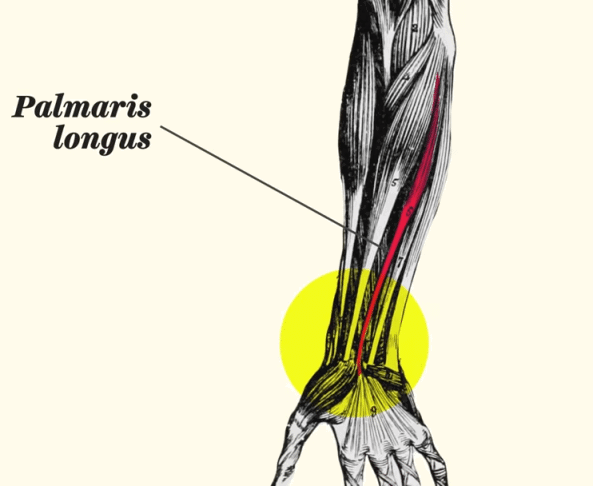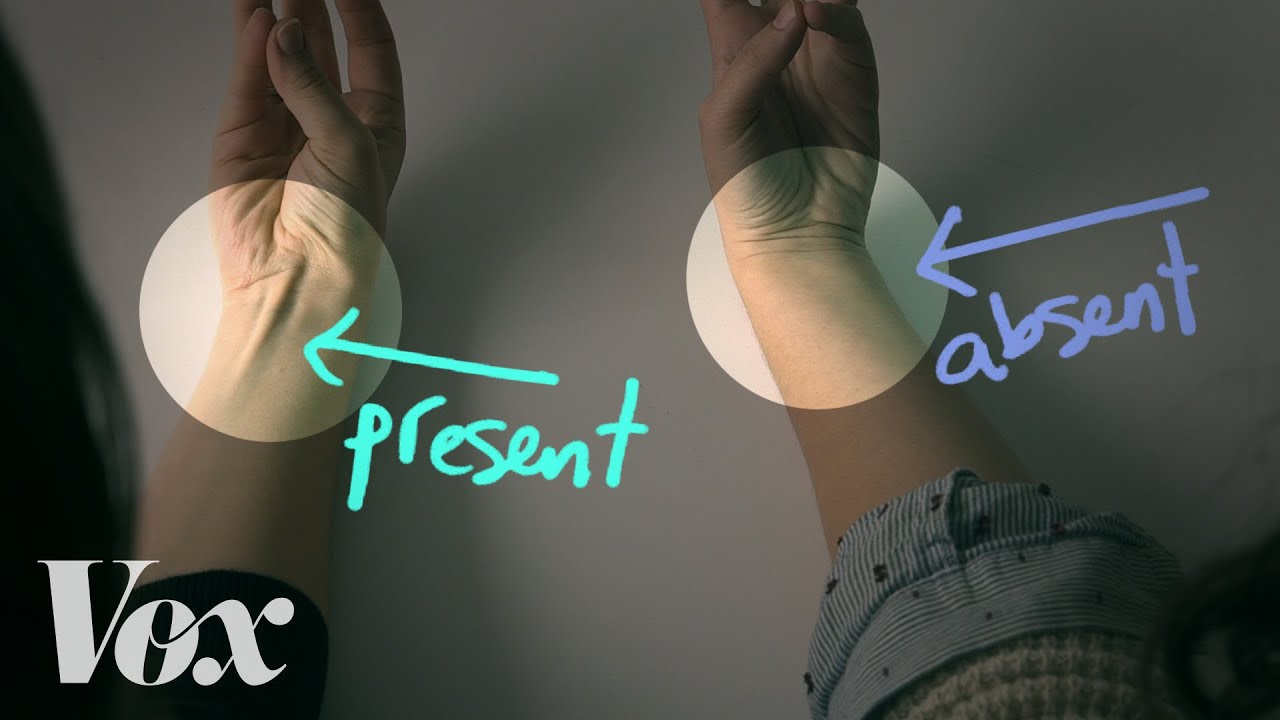So, where can we find evidence of evolution? There is ample proof of our ancestral lineage, tracing from early apes to Neanderthals and eventually to the modern Homo sapiens we are today.
One of the best places to find evidence of evolution is within our own bodies. Many of our internal and external traits are remnants passed down from our ancestors. Although many of these features are no longer useful in our daily lives, they were once vital for survival. For example, even though most people no longer scavenge for food or live as nomads, we still possess these nearly useless traits.
Take goosebumps, for instance. This reaction is not just a random occurrence. When our mammalian ancestors encountered cold temperatures, goosebumps helped increase their surface area to retain heat. When we are cold, a muscle connected to our arm hairs contracts, causing the hairs to stand upright and form bumps on the skin.

While this physiological response doesn’t serve a significant purpose today, it can remind us that we should have brought a coat. We can still see modern mammals using this biological instinct in cold weather. For instance, pigeons puff up their feathers on a cold winter day to keep warm. This is a clear example of evolution in action.
Similarly, when an animal feels threatened, like when you surprise a cat, its fur will puff out. This defense mechanism is an ancient adaptation to make the animal appear larger to potential attackers.
One undeniable proof of evolution can be found in our arms, specifically in our tendons. A tendon has been evolutionarily phased out in about 10-15% of the human population, indicating that human evolution is ongoing.

This tendon is linked to an ancient muscle called the palmaris longus, which was mainly used by tree-dwelling primates like lemurs and monkeys to move from branch to branch. As humans and ground-dwelling apes like gorillas no longer need this muscle or tendon, it has gradually disappeared in some individuals.
However, evolution is a slow process, so nearly 90% of humans still have this vestigial trait from our primate ancestors. To see if you have this tendon, place your forearm on a table with your palm facing up, touch your pinky finger to your thumb, and slightly lift your hand. If you see a raised band in the middle of your wrist, you have the tendon connected to the palmaris longus.

If you don’t see this tendon, it means you are showing an evolutionary change. The presence or absence of this tendon offers a fascinating link to our ancestral past. Those with it carry a tangible connection to our evolutionary history, while those without it represent evidence of ongoing evolution.
Our bodies’ retention of traces from our evolutionary history is astounding. It is remarkable how even seemingly insignificant or obsolete features can provide profound insights into our evolutionary journey.

